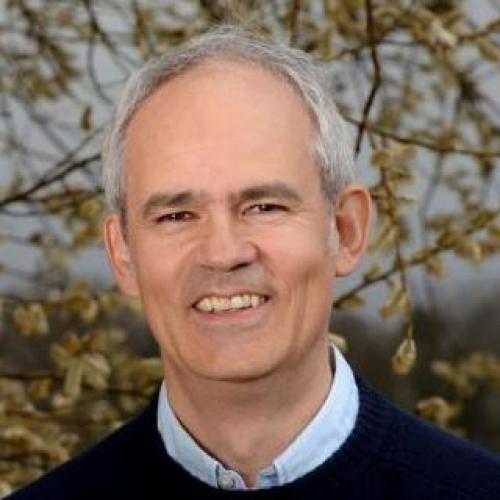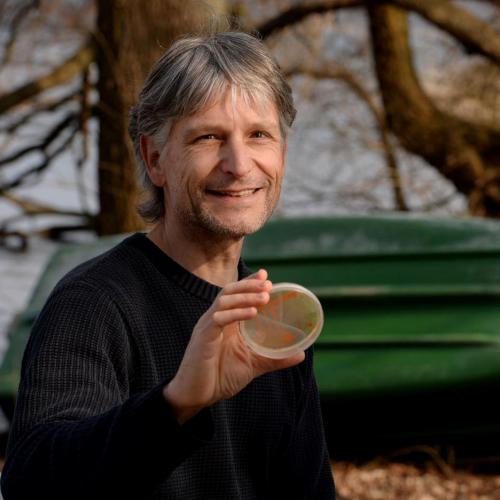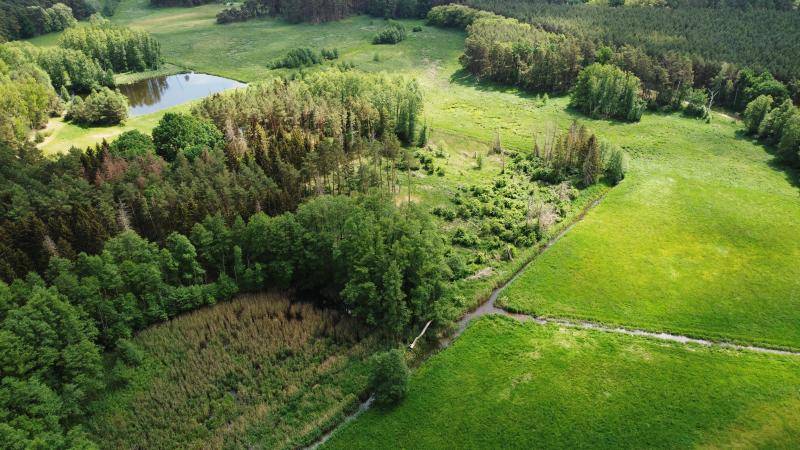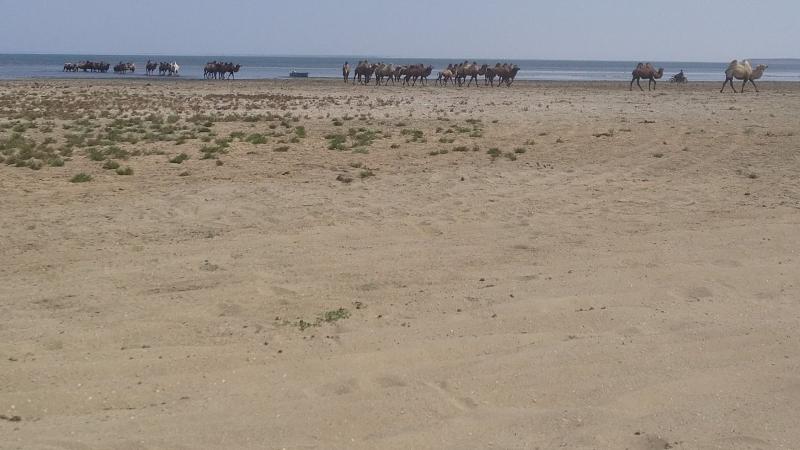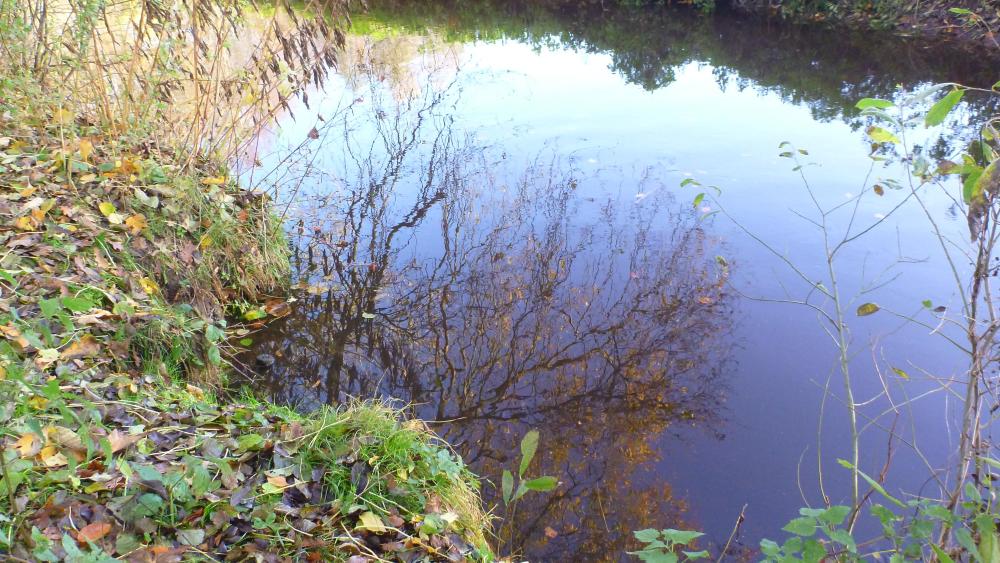
Rivers can be a source of carbon emissions. | Photo: IGB
When we think of greenhouse gas emissions, we tend to think of tailpipes and factories, but some carbon emissions can also derive from aquatic ecosystems. The source of these emissions are organic substances that are decomposed by microorganisms in the water.
Decomposition is a natural process, but when humans pollute freshwaters with nutrients such as fertilizers and water temperatures rise as a result of climate change, decomposition rates increase and so do CO2 emissions into the atmosphere. This is the conclusion of an international research team, the CELLDEX consortium (CELLDEX: CELLulose Decomposition Experiment), which includes IGB scientists Prof. Mark Gessner and Prof. Hans-Peter Grossart. The study has been published in the journal Science.
The study estimates fine-scale rates of organic-matter decomposition in freshwater ecosystems across the world, including areas such as the tropics that have been underrepresented in prior studies. Therefore, the researchers used data from 550 stream ecosystems from a standardized field assay based on the decomposition of strips of cotton fabric. Using predictive models and machine-learning algorithms, they identified the most important environmental variables responsible for increased decomposition rates, in particular temperature and nutrient concentration. Based on this data, an online interactive map was developed that allows interested users to see how quickly different types of leaves are decomposing in a given river.


